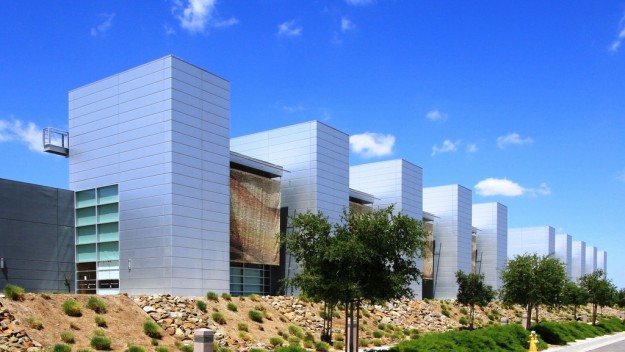Question: I want to ensure my commercial building is as “green” as possible through certification by a third party. What are the differences between LEED and BOMA BESt?
Answer: Great question. You want to enhance your profile as an environmentally conscious company and lower operating costs by getting certified. Who do you turn to?
Both LEED and BOMA BESt are third party green certifications available to commercial buildings. While the certifications are similar in terms of promoting the same bottom line and best practices for high performance green buildings, there are many differences that you should be aware of prior to making a decision. Here is a bit about both to help you better understand which certification is right to ensure that you building is environmentally responsible, and provides a healthy work environment for employees while retaining profitability.
LEED (Leadership in Energy and Environmental Design)
LEED Canada is run by the Canadian Green Building Council and is an adaptation of the US Green Building Council’s LEED Green Building Rating System.
LEED recognizes performance within the following areas: sustainable site development, water efficiency, energy efficiency, material selection and indoor environmental quality. LEED is able to certify all types of commercial facilities including single family homes. Certification is based on the ability of buildings to meet prerequisites as well as the totals points scored within these five areas. LEED offers four possible levels of certification including basic; silver; gold; and platinum. Each level requires a different amount of points after meeting the initial prerequisites.
Find out more about LEED project fees online.
BOMA (Building Owner and Managers Association of Canada) BESt (Building Environmental Standards)
BOMA BESt is the Canadian version of The Green Globes offered by the Building Owners and Managers Association of America. As defined on their website, BOME BESt is an assessment and rating system that offers commercial building sustainability certifications. Like LEED, BOMA BESt is also a third party certification that works to rate environmental performance as well as the management of existing buildings.
BOMA BESt assesses the performance of buildings within the following areas: Water, Waste Reduction and Site, Emissions and Effluents, Indoor Environment, Environmental Management Systems. BOMA BESt is able to certify Office space, Open Air Retail, Light Industrial, Shopping Centres, and Multi-Unit Residential Buildings. The program consists of BESt practices (prerequisites) as well as a BOMA BESt assessment that determines which of the four (Level 1, 2, 3 or 4) levels of certifications are granted.
Find out more about BOMA BESt application fees online.
What do the experts say?
A direct comparison of the two programs was undertaken by the International Facility Management Association and offers a detailed analysis of the advantages and disadvantages inherit within both programs, as well as information surrounding costs and processes. The comparison points out that both LEED and BOMA BESt take similar approaches to these specific areas of focus:
- Application and Certification process
- Four levels of certification
- Certification Cost
- Energy Performance Focus
- Potable Water Use Reduction Focus
- Waste Reduction Focus
- Air Quality Focus
- Operations Focus
Areas of focus unique to one program are listed in the table below:
| Certification | Additional Areas of Focus |
| BOMA BESt | Site Pollution, Transportation, Noise, Emergency Response |
| LEED | Sustainable Site, Innovation in Operation, Regional Priority |
On a final note, Sab Magazine suggests that one of the key differences between the two certifications is the perception of each within the industry.
According to the report, LEED is perceived to be costly, more exclusive, and far more demanding in terms of the initial and ongoing documentation require. While this also means that LEED is viewed to produce higher levels of performance and accountability, BOMA BESt is perceived to be much more user friendly, encouraging a peer-driven culture for the improvement of buildings by establishing national and regional benchmarking data each year.
Find out where you fit in and do your research. According to the International Facility Management Association, BOMA BESt is best suited for small to medium facilities while LEED is more appropriate for medium to large spaces. What size building are you? What areas of operation are more important to you and your company? Discuss with other building owners and managers within your industry and find out which certification is just for you.
image credit: Flickr 7500



















